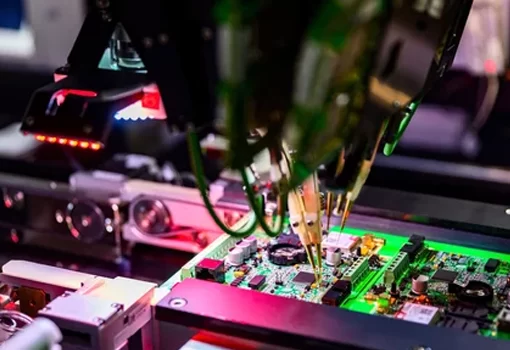Industrials Division
The global computed tomography (CT) metrology market is at a nascent stage of its life cycle in terms of market adoption. CT is progressively recognized as a promising solution for quality control. As a result, a number of OEMs and research organizations are currently participating in the added development of CT systems and in broadening their application in the market.
Despite the advantages of CT systems, a key challenge to their adoption stems from the difficulties in sustaining revenue growth in a market characterized by high price sensitivity at all industry levels. A key area of improvement is spreading market awareness by helping customers understand the benefits of adopting a CT system. Although the perception that CT systems mainly act as research tools is changing gradually, there is still a lack of awareness about the advantages of using CT technology.
The cost of CT systems is still high for companies. End users are looking for alternatives to access to the CT technology. A growing area is the services market. The CT services market has experienced double digit growth in the last few years, particularly in the US market.
In the era that we live now, customer expectations change according to business propositions. It is not a secret today that the profitability coming from hardware alone is a challenge. Most of the companies in the IoT industry will not be purely hardware companies. With IoT driving new business models, advanced services is arguably a game-changer. Industries and markets are transforming digitally. There is a need to new services design to be more flexible to constant change.
New Competitive Landscape Overview
Frost & Sullivan analyzes the model of disruptive technologies, collapsing and transforming business model methodology. We spend very little time looking at those business models. The release of a new CT product always needs to be supplemented by a new business model. Our responsibility in the competitive strategy community is to reinforce that message in looking not only at new product capabilities but also looking at the new emerging business models.
This disruption is not going to be in technology alone but also in business models. With a huge price sensitivity in the market, some OEMs have admitted the importance of services as a go-to-market strategy for increasing market share. Differentiation through improved customer experience is likely to be the key to success in the age of Industry 4.0. From an enterprise standpoint, it is critical to identify sustainable aspects and map them with the ability of the enterprise to differentiate itself in the evolving service-based competitor landscape.
New measurement methods and collaboration will need to feature cloud-based software and networked systems and interfaces to meet the requirements of Industry 4.0. 3-D printers will be a suitable partner for CT technology applied in the analysis of parts in the production process environment. Industrial CT scanning can be carried out with high-precision 3-D printing, converting the data acquired with CT systems into 3-D data which will be used in 3-D printers to reproduce inner parts. Compared to other traditional measurement technologies such as CMM, CT technology has the potential to become the key domain technology to analyze the inner 3-D printed parts with a high degree of accuracy.
To provide effective automated metrology systems in the production environment, integration with automated CT systems will be the key for success. 3D manufacturing with the partnership of CT technology is expected to make a significant disruption into the market as part of established manufacturing companies.
There is a potential to disrupt existing and traditional value chains due to the offering of just-in-time, customization availability of 3D printed objects combined with CT services. These kinds of services can be offered under an eventual production run which can significantly reduce time to market.
Final Words
The traditional business model for services providing field inspection is becoming under threat only because of the evolution of technologies. There is a clear need for companies finding a new service business model to have a clear vision in terms of current customer requirements, finding the technology, realigning resources, and defining the best approach with a new service delivery. Identifying new areas of growth opportunities beyond the existing business changing the way to run organizations with an entirely new services business model could dramatically change the competitive landscape. The resultant growth can be exponential.




